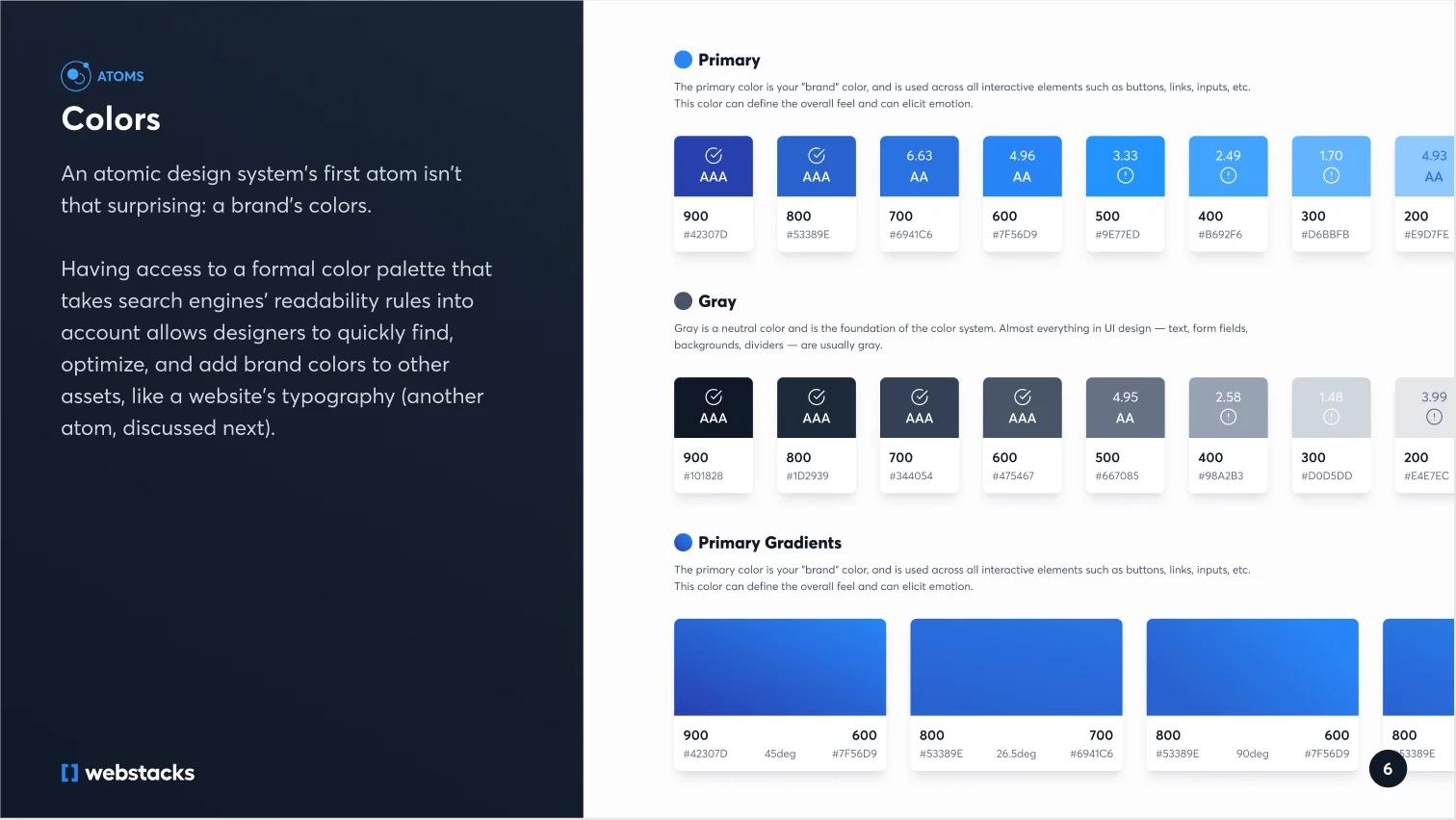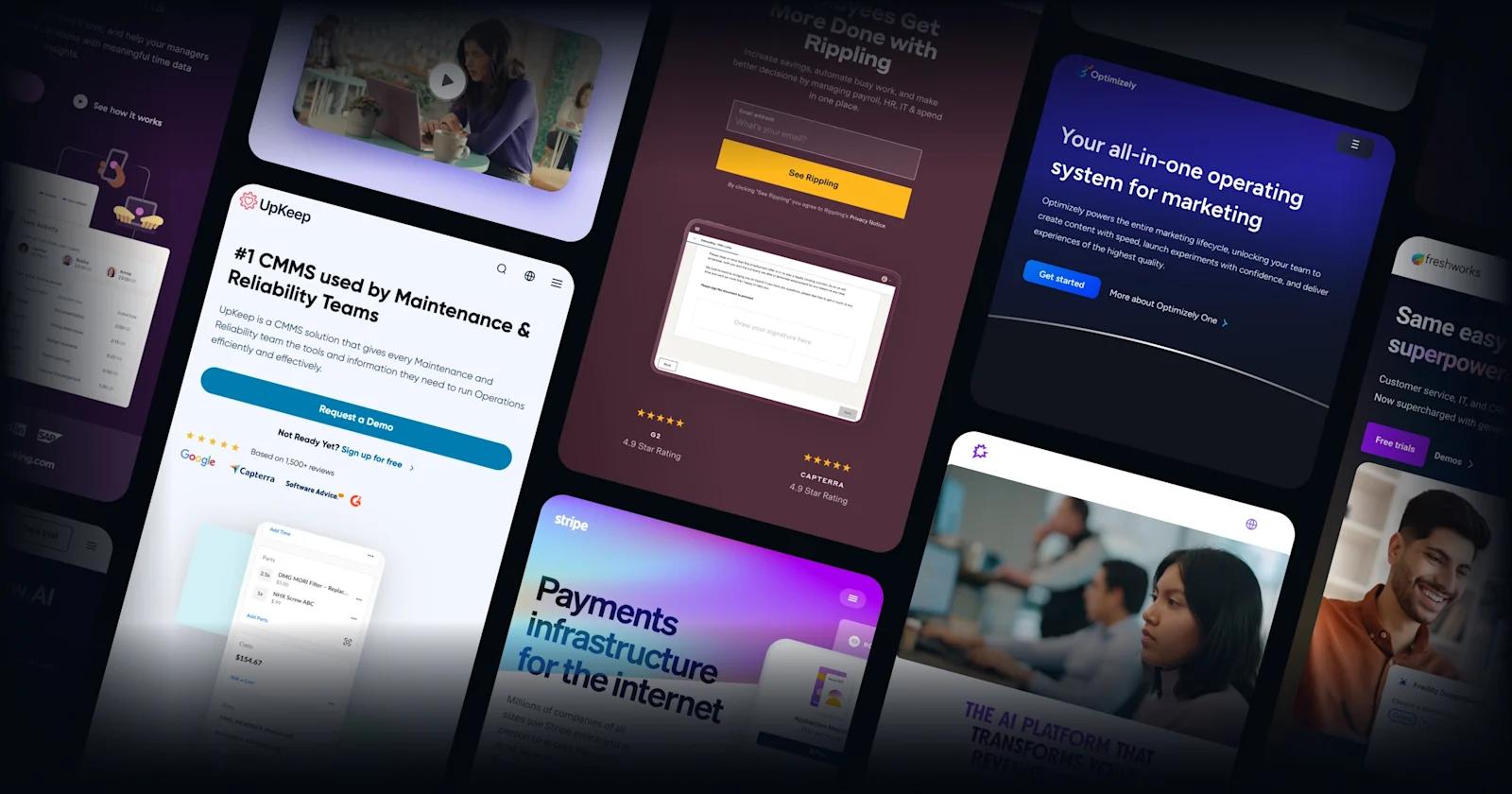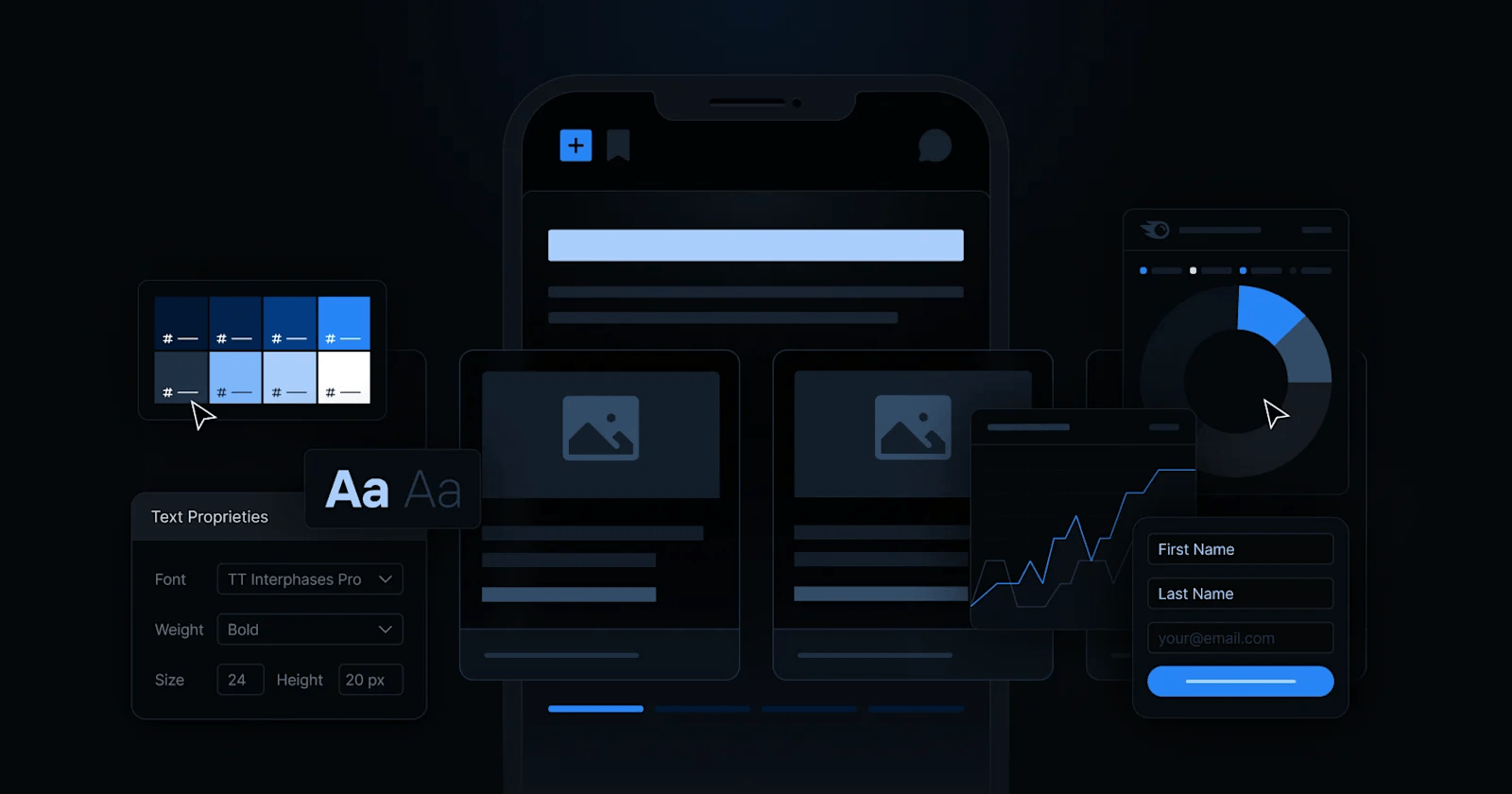The integration of mobile technologies into B2B marketing is not just an enhancement but a necessity in modern business. With 59% of B2B decision-makers using smartphones for product research, mobile marketing can elevate your strategies and connect you with clients like never before.
Your website plays a huge role in your overall mobile marketing strategy. It serves as the foundation upon which all other mobile marketing efforts are built, making it essential to optimize it for a seamless mobile experience.
In this article, we'll explore how you can leverage mobile marketing strategies to drive engagement, conversions, and long-term success for your business.
Key Takeaways
- B2B mobile marketing strategies are essential as mobile usage continues to increase among business buyers.
- Your website is the foundation of your B2B mobile marketing efforts, serving as the central hub for all other mobile touchpoints.
- Optimizing your website for a seamless mobile experience is crucial to engaging your target audience and driving conversions.
- Integrating mobile-friendly design, responsive layouts, and speed-focused optimizations can greatly enhance your website's performance on mobile devices.

The Importance of the Website in B2B Mobile Marketing
As more and more B2B buyers turn to their smartphones to research products, services, and make purchasing decisions, the importance of a mobile-friendly, optimized website cannot be overstated.
Impact of Mobile on B2B Buyer Behavior
The use of mobile devices among B2B buyers has surged. Currently, 80% of B2B buyers use mobile devices at work, and half of B2B search queries are made on smartphones—a figure expected to reach 70% soon. This shift reflects a move away from being desk-bound, allowing buyers to research and make decisions on the go.
B2B buyers are likely multitasking across multiple screens, accessing information whenever and wherever it's convenient. Mobile devices play a significant role in accessing information and collaborating with teams, making them an essential touchpoint in the B2B buying journey.
Influence of Mobile on the B2B Buying Journey
Mobile devices are accelerating the B2B purchasing process. Using mobile can reduce the time to purchase by 20%, cutting the average cycle from 84 days to 49 days (Think with Google). Mobile facilitates efficient decision-making and enhances collaboration within teams.
A positive mobile experience also impacts loyalty. Over 90% of buyers who report a superior mobile experience are likely to buy again from the same vendor, while only about half of those with a poor experience would do the same (BCG).
As mobile continues to influence over 40% of revenue for leading B2B organizations, it's clear that mobile marketing is essential for businesses aiming to connect effectively with buyers.
How to Optimize a Mobile B2B Website
Optimizing a mobile-friendly B2B website requires a comprehensive approach. Start by developing a mobile-first design system that seamlessly adapts to various screen sizes and resolutions.
Implement responsive design techniques to ensure your website automatically adjusts its layout, typography, and imagery for an optimal mobile user experience.
1. Start with a Mobile-Friendly Design System

Webstacks Color Palette
Begin with a mobile-first design system that ensures all components have a mobile version. New page templates and custom designs should be built out with desktop, tablet, and mobile mock-ups. This guarantees a seamless experience across all devices and screen sizes.
For instance, when designing a product page, consider how it will look across all devices and ensure images scale properly, text remains readable, and interactive elements are easy to use on smaller screens.
2. Enhancing Website Speed
Website speed is crucial for mobile users. Optimize images by using modern formats like WebP, minimize redirects, and utilize browser caching to enhance loading times.
A 2-second delay in load time can result in abandonment rates of up to 87%. Faster load times can significantly improve the mobile user experience and engagement.
Using tools like Google's PageSpeed Insights can help identify areas where you can reduce load times. Implementing lazy loading for images ensures they only load when they're about to be viewed by the user.
3. Creating Mobile-Friendly Navigation Menus

Mobile Navigation Menu Design Examples
Crafting intuitive navigation menus for mobile devices is essential. Ensure your menu structure is clean, concise, and easy to navigate through tapping and swiping gestures. Prioritize the most important pages and functions for quick access on the go.
A "hamburger" menu icon that expands to show the most important links when tapped is a good approach. Ensure that menu items are large enough to be easily tapped without accidentally clicking adjacent items.
4. Optimizing Scrolling, Swiping, and Clicking
Optimize your website's interaction design for mobile devices. Enable seamless scrolling, swiping, and clicking experiences to facilitate effortless browsing and information discovery. Ensure touch-based interactions are responsive and user-friendly.
Using swipe gestures to navigate through image galleries or product categories can enhance the user experience. Ensure buttons and links are spaced appropriately to avoid accidental clicks, and use touch feedback for better interaction.
5. Form and CTA Optimizations for Mobile
Mobile-friendly forms and call-to-action (CTA) buttons are crucial for lead generation and conversions. Simplify form fields, leverage auto-fill functionality, and ensure CTAs are prominently displayed and easily tappable on smaller screens.
Be aware that what is above the fold on desktops may not be on mobile, so make sure that all important CTAs are in the proper location to maximize conversion rate optimization (CRO).
Additionally, ensure that all components have a mobile version and new page templates are built out with desktop, tablet, and mobile mock-ups. This approach guarantees that forms and CTAs are effective and user-friendly across all devices.
6. SEO Considerations for Mobile Websites
Incorporate mobile-specific SEO strategies and keywords to boost your website's visibility and discoverability. Optimize for voice search, local pack listings, and mobile-first indexing to ensure your B2B website ranks well on search engine results pages (SERPs) for on-the-go users.
By addressing these key areas of mobile optimization, you can create a mobile-friendly B2B website that delivers an exceptional user experience and drives valuable engagement and conversions.

Mobile Tactics to Reach B2B Audiences
A successful mobile B2B marketing strategy goes beyond simply optimizing your website. It involves integrating mobile-friendly touchpoints across various channels to create a cohesive and engaging experience for your audience.
SMS and Email Marketing
Incorporating SMS and mobile-optimized email marketing into your strategy can effectively reach your clients. SMS messages have high open rates, making them ideal for urgent communication. Design emails with single-column layouts and larger fonts, ensuring they are easy to read on mobile devices. Include clear calls-to-action that are suitable for touchscreens.
According to MarketingProfs, SMS provides benefits such as high engagement and an easy opt-in process. Practical applications of SMS in B2B include sending reorder reminders, delivering time-sensitive offers, and initiating touchpoints to encourage further engagement.
Effective SMS Campaigns for B2B
To maximize the impact of SMS marketing:
- Keep messages concise: Ensure your message is clear and to the point.
- Personalize your texts: Address recipients by name and tailor content to their interests.
- Provide value: Share relevant and beneficial information.
- Include clear calls-to-action: Encourage recipients to take the next step.
- Respect privacy and compliance: Ensure proper opt-in consent and provide easy opt-out options.
Mobile Social Media
Leveraging social media platforms to reach and engage mobile users can be a powerful way to drive traffic to your mobile website. Share valuable content on mobile-optimized social networks like LinkedIn, Twitter, and Facebook. With LinkedIn now having 1 billion business users, it's a prime platform for B2B engagement.
Add mobile-friendly sharing buttons to your content to encourage sharing. Use short videos and infographics to capture attention and cater to the preferences of mobile users.
Mobile Advertising
To reach B2B buyers on their preferred devices, incorporating mobile advertising into your strategy is essential.
Types of Mobile Ads for B2B
Several types of mobile ads can effectively engage B2B audiences:
- Mobile Search Ads: Optimize search engine marketing campaigns for mobile devices, focusing on keywords that decision-makers use on-the-go.
- Social Media Ads: Utilize platforms like LinkedIn and Twitter to reach professionals on their smartphones.
- In-App Advertising: Place ads within business-related apps that your target audience uses.
- Mobile Display Ads: Advertise on industry websites that are frequently visited on mobile devices.
- Location-Based Ads: Use geofencing to target prospects at specific locations, such as industry events.
To maximize the impact of mobile ads:
- Personalization: Use data and analytics to tailor ads to individual buyers or roles within buying teams.
- Early-Stage Engagement: Focus on reaching prospects during the initial stages of the purchasing process.
- Cross-Device Tracking: Understand user journeys across devices for better targeting.
- Contextual Relevance: Deliver ads that align with the user's current context.
- Mobile-Specific Keywords: Optimize for keywords likely to be used on mobile devices.
Measuring Success in Mobile B2B Marketing

B2B Website Metrics You Need to Be Tracking in 2024
As a B2B marketer, it's vital to track the performance of your mobile marketing efforts to make informed, data-driven decisions. By closely monitoring key metrics, you can optimize your strategies and drive higher ROI from your mobile investments.
Key Metrics for Mobile Website Performance
Start by analyzing the technical performance of your mobile website.
Metrics like page load times, bounce rates, and device-specific conversion rates can reveal how well your site is meeting the needs of your mobile audience.
Use tools like Google Analytics to gather and analyze this data, and look for opportunities to enhance the mobile user experience.
- Page Load Times: Faster load times lead to better user retention and lower abandonment rates.
- Bounce Rates: High bounce rates on mobile may indicate issues with usability or content relevance.
- Device-Specific Conversion Rates: Track how different devices (smartphones, tablets) perform in terms of converting visitors to leads or customers.
Analyzing User Engagement and Conversions
Beyond website performance, understanding how your target audience engages with your mobile content and offerings is crucial. Track metrics such as time spent on the mobile site, scroll depth, and click-through rates to gain insights into their behavior and interests.
This data can help you refine your messaging, calls-to-action, and overall mobile user experience.
- Time Spent on Site: Longer durations typically indicate higher user engagement and content relevance.
- Scroll Depth: Measures how far down the page users scroll, indicating content engagement.
- Click-Through Rates (CTR): High CTRs on mobile indicate effective CTAs and engaging content.
Continuous Improvement Based on Data Insights
By continuously monitoring your mobile marketing metrics and making use of tools like A/B testing, you can make data-driven decisions to optimize your strategies.
Analyze the results of your tests and experiments, then implement the most effective approaches to improve mobile conversions, user engagement, and ultimately, your overall mobile ROI.

Conclusion
Embracing mobile marketing as an integral part of your B2B marketing strategy is no longer optional, but a necessity.
By optimizing your website for seamless mobile experiences, integrating mobile touch points across various channels, and continuously measuring and refining your approach, you can effectively engage your target audience, enhance customer experiences, and ultimately drive business growth.
Here at Webstacks, we help many companies level up their online presence through next-gen solutions for websites.
If you want to learn more about this or any other topic, feel free to reach out to us!




